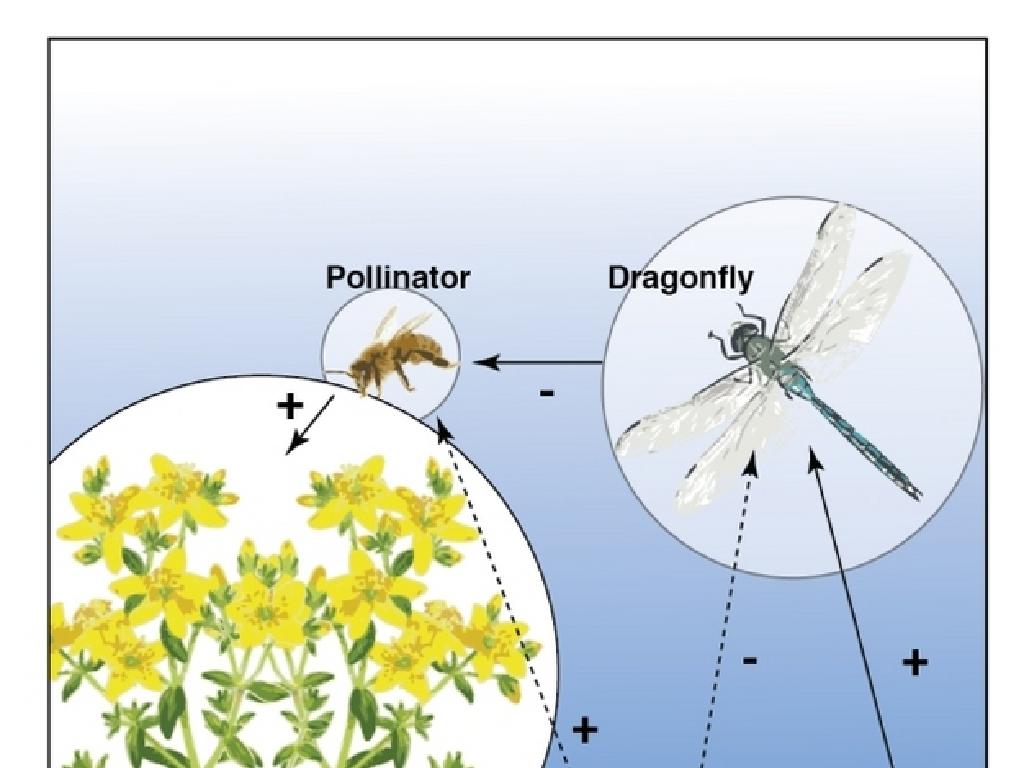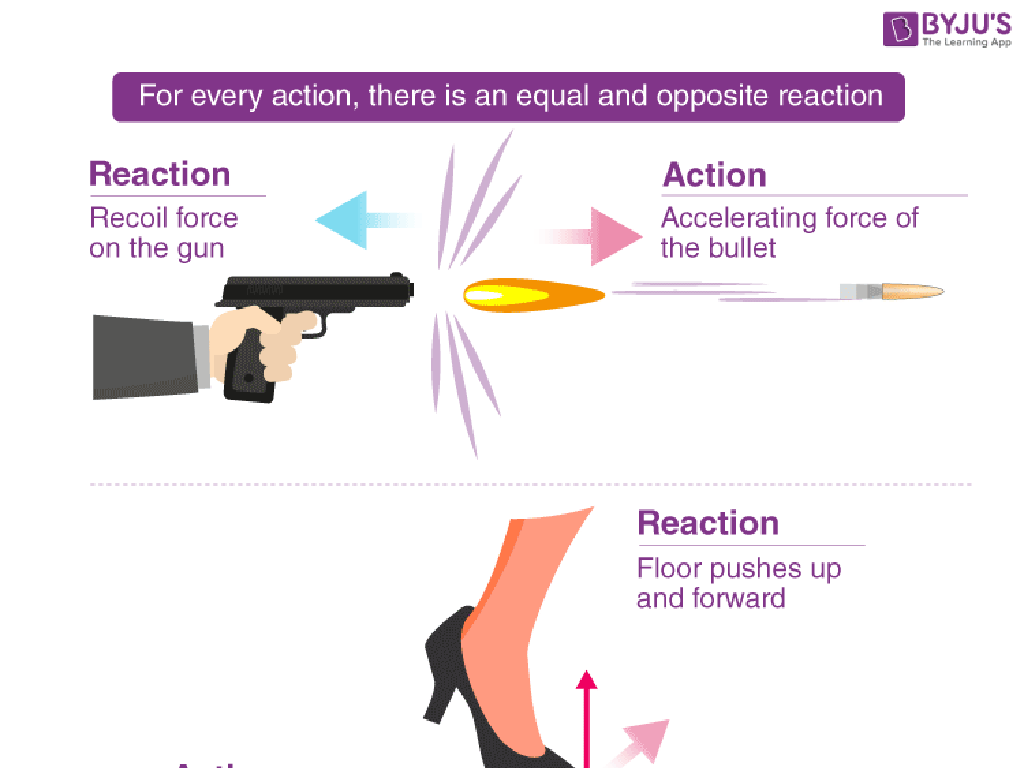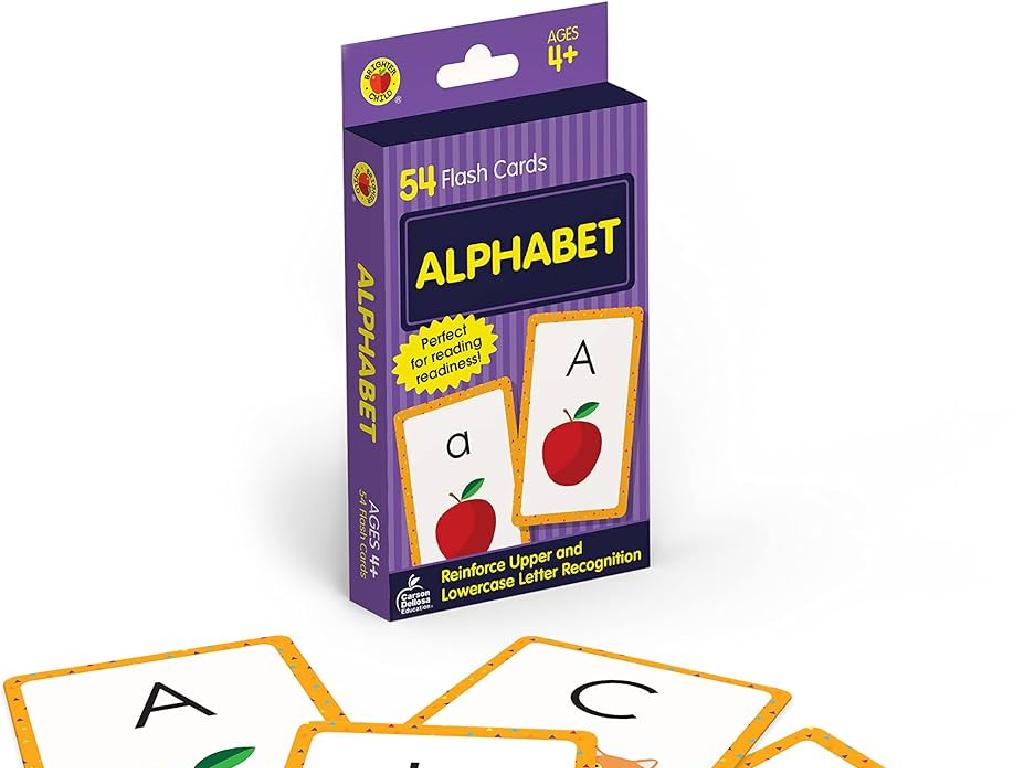Solve Two-Step Equations With Parentheses
Subject: Math
Grade: Seventh grade
Topic: One-Variable Equations
Please LOG IN to download the presentation. Access is available to registered users only.
View More Content
Mastering One-Variable Equations
– Basics of one-variable equations
– An equation with one unknown, e.g., x + 3 = 7
– Equations in math and real life
– Critical for problem-solving and logical thinking
– Review of one-step equations
– Isolate the variable: x + 3 = 7 becomes x = 4
– Transition to two-step equations
|
Begin with a fundamental understanding of one-variable equations, emphasizing that they contain only one unknown, which we aim to solve for. Highlight the importance of equations in various aspects of mathematics and their practical applications in everyday life, such as budgeting or measuring ingredients in cooking. Review the process of solving one-step equations as a foundation, showing how to isolate the variable to find its value. This sets the stage for introducing two-step equations, where students will apply similar principles but with an additional step to solve for the variable. Encourage students to think of equations as puzzles to solve, making the process more engaging.
Solving Two-Step Equations with Parentheses
– Define two-step equations
– Equations that require two operations to solve, e.g., 2(x + 3) = 16
– Examples of two-step equations
– For instance, 3(x + 4) = 21 or 2(x/2 – 5) = 8
– Goal: Isolate the variable
– To find the value of x, we need to get x on one side by itself
– Steps to solve equations
– 1) Distribute/combine like terms, 2) Add/subtract, 3) Multiply/divide
|
This slide introduces students to the concept of two-step equations, which are equations that require two inverse operations to solve. Start by defining two-step equations and providing clear examples that include parentheses. Emphasize the goal of solving these equations: to isolate the variable on one side to find its value. Walk through the steps to solve these equations, starting with distributing or combining like terms if necessary, then moving on to adding or subtracting to remove constants from the variable, and finally multiplying or dividing to solve for the variable. Provide additional examples and practice problems to ensure students grasp the concept.
Solving Two-Step Equations with Parentheses
– Purpose of parentheses in equations
– Parentheses group terms that should be dealt with first
– Review of order of operations
– Remember PEMDAS: Parentheses, Exponents, Multiplication, Division, Addition, Subtraction
– Steps to simplify equations
– Combine like terms inside parentheses, then use inverse operations to solve
– Practice with example problems
– Example: Solve 2(x + 3) = 16
|
This slide introduces the concept of solving two-step equations that include parentheses. Start by explaining why parentheses are used in equations: to indicate which operations should be performed first. Reinforce the order of operations using the PEMDAS acronym, which is crucial for correctly simplifying equations. Walk through the process of simplifying equations by first dealing with the terms inside the parentheses, then solving the remaining two-step equation. Provide practice problems for students to apply these concepts, such as solving 2(x + 3) = 16, and guide them through the steps: first multiply 2 by each term inside the parentheses, then isolate x by subtracting 6 from both sides and finally dividing by 2 to find x = 5. Encourage students to work through additional problems for homework to reinforce their understanding.
Solving Two-Step Equations with Parentheses
– Simplify both sides, if needed
– Remove constants using inverse operations
– If x + 2, subtract 2 from both sides
– Remove coefficients using inverse operations
– If 3x, divide both sides by 3
– Example: Solve 3(x + 2) = 15
– First, distribute 3 to get 3x + 6 = 15, then x = 3
|
This slide provides a structured approach to solving two-step equations involving parentheses. Start by simplifying both sides of the equation, which may include distributing coefficients or combining like terms. Next, use inverse operations such as addition or subtraction to isolate the variable term by removing constants. Then, apply inverse operations like multiplication or division to remove coefficients and solve for the variable. The example 3(x + 2) = 15 illustrates the process: distribute the 3 to get 3x + 6, subtract 6 from both sides to get 3x = 9, and finally divide by 3 to find x = 3. Encourage students to practice these steps with various equations and to check their solutions by plugging the value back into the original equation.
Solving Two-Step Equations with Parentheses
– Work through example problems
– Example 1: 2(x – 3) = 8
– First, expand the equation: 2x – 6 = 8
– Example 2: 5 + 4(y – 1) = 21
– Expand and simplify: 4y – 4 = 16
– Steps for solving two-step equations
– 1) Distribute/combine like terms 2) Isolate the variable
|
This slide is designed for a class activity where students will practice solving two-step equations involving parentheses. Begin by guiding students through the steps of solving Example 1, emphasizing the distribution of the 2 into the parentheses and then isolating the variable x. For Example 2, demonstrate distributing the 4 and then combining like terms before isolating y. Encourage students to follow these steps: distribute or combine like terms as needed, then isolate the variable by performing inverse operations. Provide additional problems for students to solve independently, and be ready to assist those who need help. Possible activities include pair work, where students solve different equations and compare methods and answers, or a group challenge with more complex problems.
Avoiding Common Mistakes: Two-Step Equations
– Correct use of distributive property
– Distribute before combining like terms: e.g., 2(x + 3) becomes 2x + 6
– Consistent operations on both sides
– If you add 3 to one side, add 3 to the other side as well
– Following order of operations
– Remember PEMDAS: Parentheses, Exponents, Multiplication/Division, Addition/Subtraction
– Checking work for errors
– Always plug your solution back into the original equation to verify
|
This slide aims to highlight common pitfalls students may encounter when solving two-step equations with parentheses. Emphasize the importance of applying the distributive property correctly, which involves multiplying the term outside the parentheses by each term inside. Stress the necessity of performing the same mathematical operation on both sides of the equation to maintain balance. Review the order of operations as a critical step to avoid missteps. Finally, encourage students to check their work by substituting the solution back into the original equation to ensure it holds true. Provide examples and practice problems to reinforce these concepts.
Equation Relay Race: Mastering Two-Step Equations
– Split into small groups for the race
– Solve a set of two-step equations
– Remember to apply inverse operations
– First group to finish wins a prize
– Discuss strategies post-race
– Share different approaches taken
|
This class activity is designed to encourage collaboration and to apply knowledge of solving two-step equations with parentheses. Divide the class into small groups, ensuring a mix of abilities in each group to promote peer learning. Provide each group with a set of equations that they must work together to solve. The first group to solve all their equations correctly will be declared the winners. After the activity, lead a discussion where groups reflect on the strategies they used, what worked well, and what they found challenging. This will help reinforce their understanding and allow them to learn from each other. Possible variations of the activity could include timed rounds, equation difficulty levels, or incorporating physical activities between solving each equation to add to the ‘relay’ aspect.
Homework and Next Steps
– Practice with two-step equations
– Daily equation solving habit
– Homework: assigned equations
Solve the given equations with parentheses and check your answers.
– Next lesson: multi-step equations
We’ll tackle more complex equations in the upcoming class.
|
For homework, students are assigned a set of two-step equations with parentheses to reinforce the concepts learned in class. Encourage them to establish a routine of practicing equation solving every day to build their skills. Provide tips on checking their work, such as substituting the solution back into the original equation. Preview the next lesson by explaining that they will be moving on to multi-step equations, which are a natural progression from what they’ve learned. Prepare several activities for different skill levels to ensure all students can participate and benefit from the next lesson.






